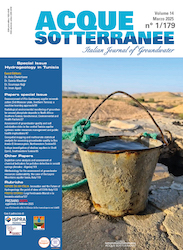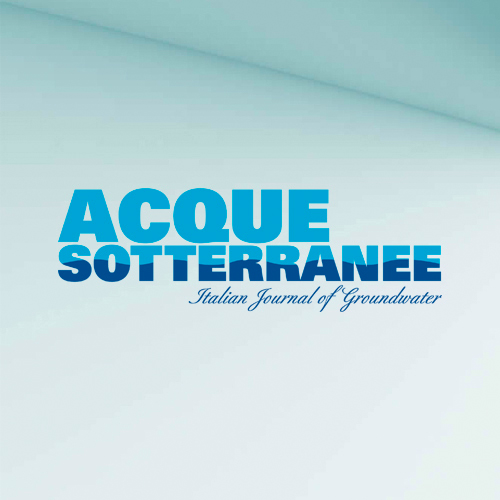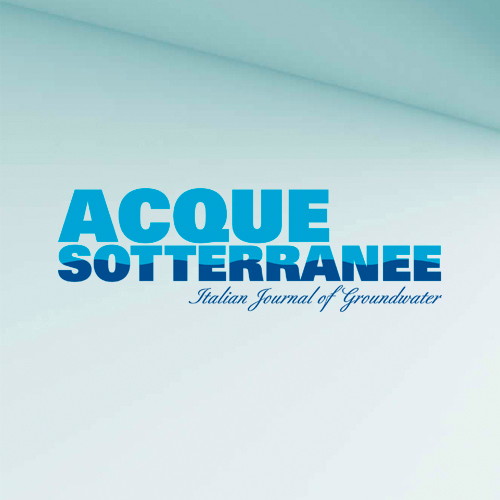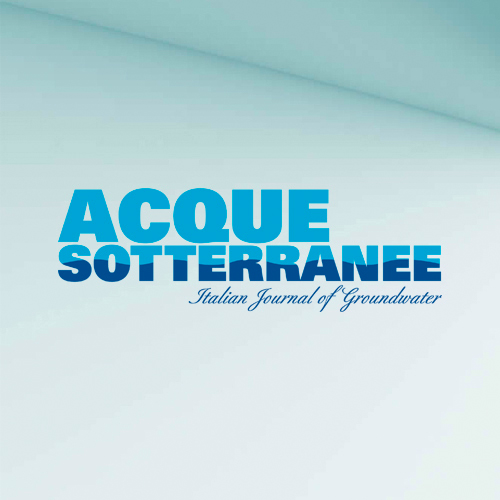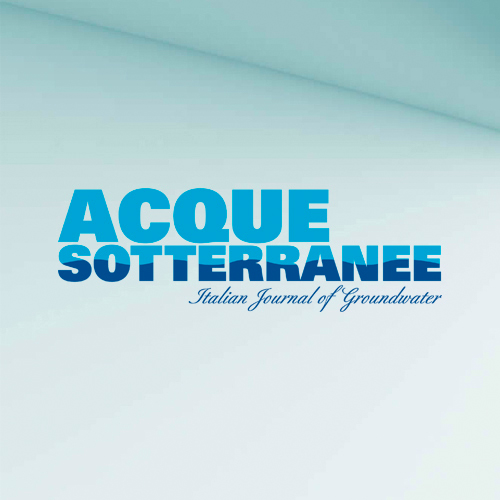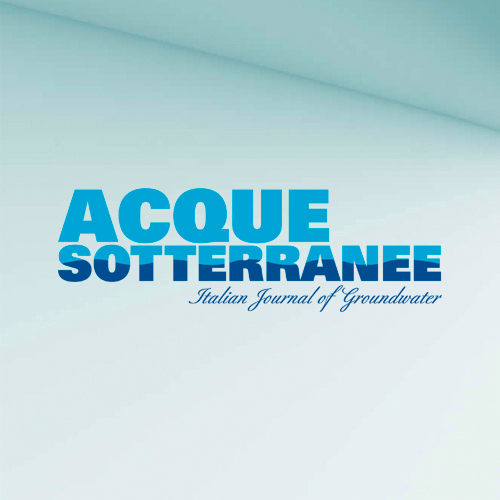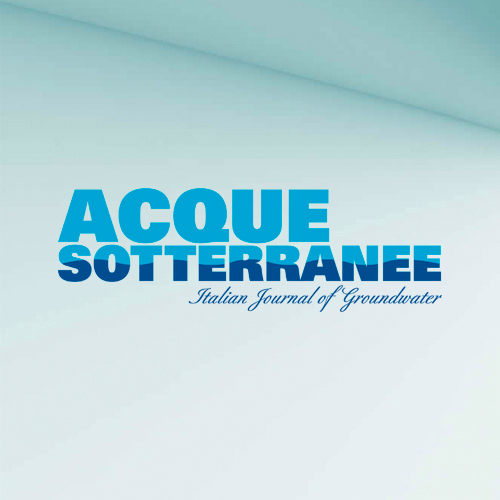Assessment of groundwater quality and soil salinization risks in the central Tunisia aquifer systems: water resources management and public health implications

All claims expressed in this article are solely those of the authors and do not necessarily represent those of their affiliated organizations, or those of the publisher, the editors and the reviewers. Any product that may be evaluated in this article or claim that may be made by its manufacturer is not guaranteed or endorsed by the publisher.
Authors
In deserts and semi-arid areas, groundwater is limited and often of varying quality, affecting human health and soil fertility. In Central Tunisia’s Maknassy region, intensive agriculture has increased the extraction of water from the Upper Zebbag deep aquifer (UZ), causing a decline in groundwater levels and posing a threat to this resource. This study aims to calculate indexes for assessing the suitability of groundwater for domestic and agricultural use, considering factors such as soil salinization and irrigation practices. The analysis of these indexes provides insights into the current state of groundwater quality, which could eventually serve as a foundation for managing and safeguarding the research area’s soil and water resources. To achieve this, a multidisciplinary approach was used, incorporating indexes such as the Drinking Water Quality Index (DWQI), Irrigation Water Quality Index (IWQI), Nitrate Pollution Index (NPI), and Human Health Risk Assessment (HHRA), along with multivariate statistical simulations. The water quality index (WQI) shows that 53% of the area has good water for human consumption, while 47% is of poor quality. For irrigation, 92% of the study area shows good quality. The study also uses the Ascending Hierarchical Classification (AHC) to identify three water groups, highlighting risks related to soil salinisation and sodisation. The NPI reveals medium levels of nitrate contamination in 26.67% of samples, and children are found to be more at risk of non-carcinogenic health issues compared to adults. These various findings could serve as a foundation for managing and safeguarding the research area’s soil and water resources.
How to Cite

This work is licensed under a Creative Commons Attribution-NonCommercial 4.0 International License.
PAGEPress has chosen to apply the Creative Commons Attribution NonCommercial 4.0 International License (CC BY-NC 4.0) to all manuscripts to be published.


